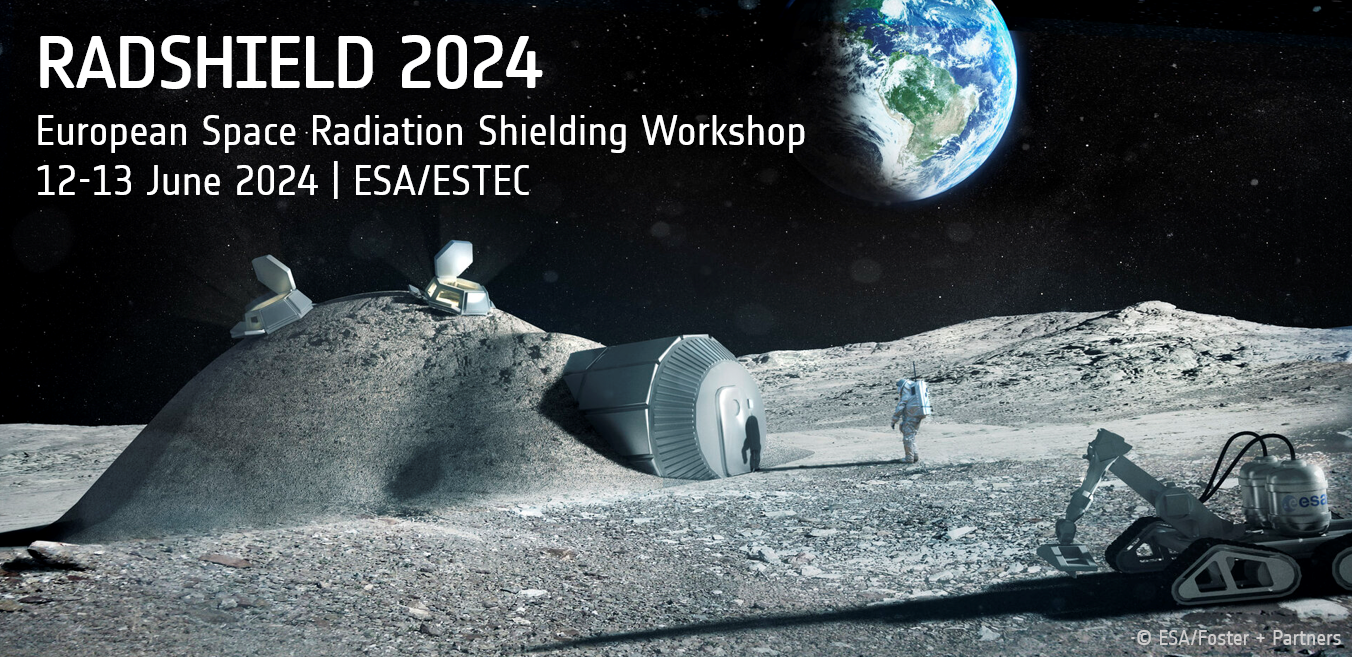Speaker
Description
The new age of space has given rise to many technological advancements in spacecraft design and manufacturing. A primary example is the space industry's migration from Aluminium to lightweight composite materials such as carbon fibre-reinforced polymers (CFRPs). However, limited information exists that explicitly assesses the radiation shielding performance in low earth orbit (LEO) of these lightweight composite satellite designs compared to the traditionally employed solid Aluminium structures.
In this work, we perform a comprehensive assessment of the radiation shielding provided by CFRP panels for satellites in LEO. A range of solid and sandwich panel designs to replace Aluminium as the primary structural panels for small satellites (< 500 kg). These panel designs, driven by engagement with industry partners, are being fabricated by the Space Technology and Industry Institute (STII) at Swinburne University of Technology, Australia as demonstrators for advancing Australia's domestic space capabilities. Here, we present a shielding performance study of these CFRP sandwich panels for the radiation exposure conditions expected for LEO missions. The radiation shielding performance is assessed via Geant4 simulations that calculate the reduction in absorbed dose, the particle species and energy spectra of the satellite's internal environment, and the resulting quality factor of the internal radiation field. Preliminary results demonstrate the feasibility of CFRP panels to provide adequate radiation shielding to support mission lengths of over 1000 days, based on typical lifetime dose limits for commercially available electronics. To further extend these mission lifetimes, we explore the use of thin, metallic (high Z) foils and spray coatings. To validate the results of this simulation study, experimental measurements will be conducted at accelerator facilities. The results of this work align with multiple of the conference themes, including multi-layer and composite shielding, radiation shielding modelling, experimental testing and validation of shielding, and shielding solutions for small satellites.

